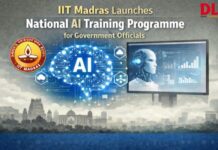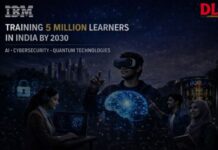Cisco, the worldwide leader in networking, Tuesday highlighted the progress and success achieved by its initiative in Jammu and Kashmir since its inception 2005. Addressing a Press Conference, Lokesh Mehra, Regional Manager, Corporate Responsibility, Cisco-South Asia said that Cisco believes that ICT plays a vital role in the development of any society. 'As a catalyst for this development, it is imperative to develop a local talent of knowledge in Jammu and Kashmir. With this in mind, we have been working successfully with several institutions to offer our globally recognized curriculum to students in the state,' Lokesh Mehra later told Press Bureau of India.
In the past four years, Cisco has tied up with pioneering institutions in the state including Kashmir Government Polytechnic Srinagar, Iqbal Institute of technology Jammu and with DOEACC Srinagar and Jammu centre, offering IT education to 168 students annually. Expressing his confidence in the initiative, A.H Moon Director-DOEACC stressed need to nurture the talent in the state and said that it was crucial that the right framework and support be provided to students. He added, 'We have been working with Cisco to leverage its rich experience in proliferating ICT education globally and believe that it is important to forge relationships such as this to allow the state to leverage its tremendous potential in the area of ICT.'



















